Analysis of Clean Energy Council (CEC) data by Melbourne-headquartered Solar Run reveals Queensland has outperformed other states and territories in solar installs with 54,365 PV systems deployed in the past three years.
Solar Run analysed the total number of solar installations in every Australian suburb from January 2020 to December 2023, with the data revealing that Queensland leads the way ahead of Victoria with 51,104 installations and New South Wales (NSW) with 48,470.
During that same period, 44,899 systems were installed in Western Australia, while the Australian Capital Territory delivered 22,803 installations. South Australia recorded 20,849 installations while the Northern Territory and Tasmania provided 6,734 and 6,070 installations respectively.
“The data from our latest analysis is a testament to the incredible progress Australian states are making towards renewable energy adoption,” Solar Run Chief Executive Officer and Managing Director Anthony Kurta said.
“We see a strong commitment from states like Queensland, Victoria and NSW, which are leveraging their populations and policies to lead the way.”
Kurta said the roll out of solar in Queensland, which has a larger area but a smaller population compared to Victoria and NSW, reflects aggressive renewable energy policies and more space for larger projects.
The Queensland government is targeting 70% renewable use by 2032 and 80% by 2035 as it transitions from a reliance on coal-fired power and last month announced a $26 billion (USD 17 billion) investment to help deliver on its Queensland Energy and Jobs Plan.
The $62 billion plan, which would shift the state away from coal power by 2035, calls for an additional 22 GW of new solar and wind by 2035, supported by grid-scale batteries and pumped hydro storage.
Solar Run said the lower figures produced by some of the other states reflect the challenges or perhaps lower urgency in spreading renewable energy infrastructure in less densely populated areas.
The company said this “could prompt state authorities and local governments to push for more attractive renewable energy policies.”
Popular content
“For future policy making and planning, states with lower installation numbers but great potential … might focus on targeted incentives to enhance renewable energy uptake,” it said.
“This might be facilitated by both state-level policies and community initiatives oriented towards sustainability.”
The company also called for states with high installation numbers to share best practices with less advanced states to promote a uniform national approach to renewable energy adoption.
The Australian Energy Market Operator recently reinforced the market for rooftop solar in its latest Integrated System Plan, predicting that the sector can meet 51.3% of underlying energy demand across the National Electricity Market in the middle of a sunny day.
Author: Ken Braganza
This content is protected by copyright and may not be reused. If you want to cooperate with us and would like to reuse some of our content, please contact: editors@pv-magazine.com.
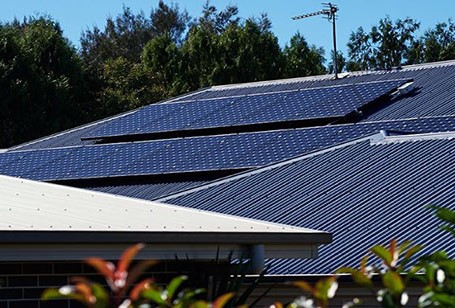



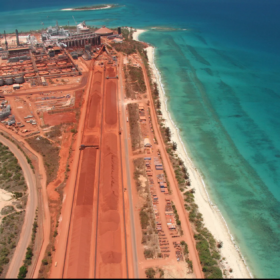
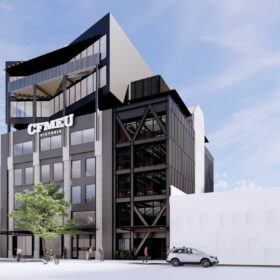
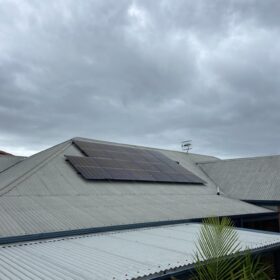
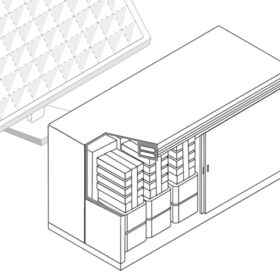
By submitting this form you agree to pv magazine using your data for the purposes of publishing your comment.
Your personal data will only be disclosed or otherwise transmitted to third parties for the purposes of spam filtering or if this is necessary for technical maintenance of the website. Any other transfer to third parties will not take place unless this is justified on the basis of applicable data protection regulations or if pv magazine is legally obliged to do so.
You may revoke this consent at any time with effect for the future, in which case your personal data will be deleted immediately. Otherwise, your data will be deleted if pv magazine has processed your request or the purpose of data storage is fulfilled.
Further information on data privacy can be found in our Data Protection Policy.